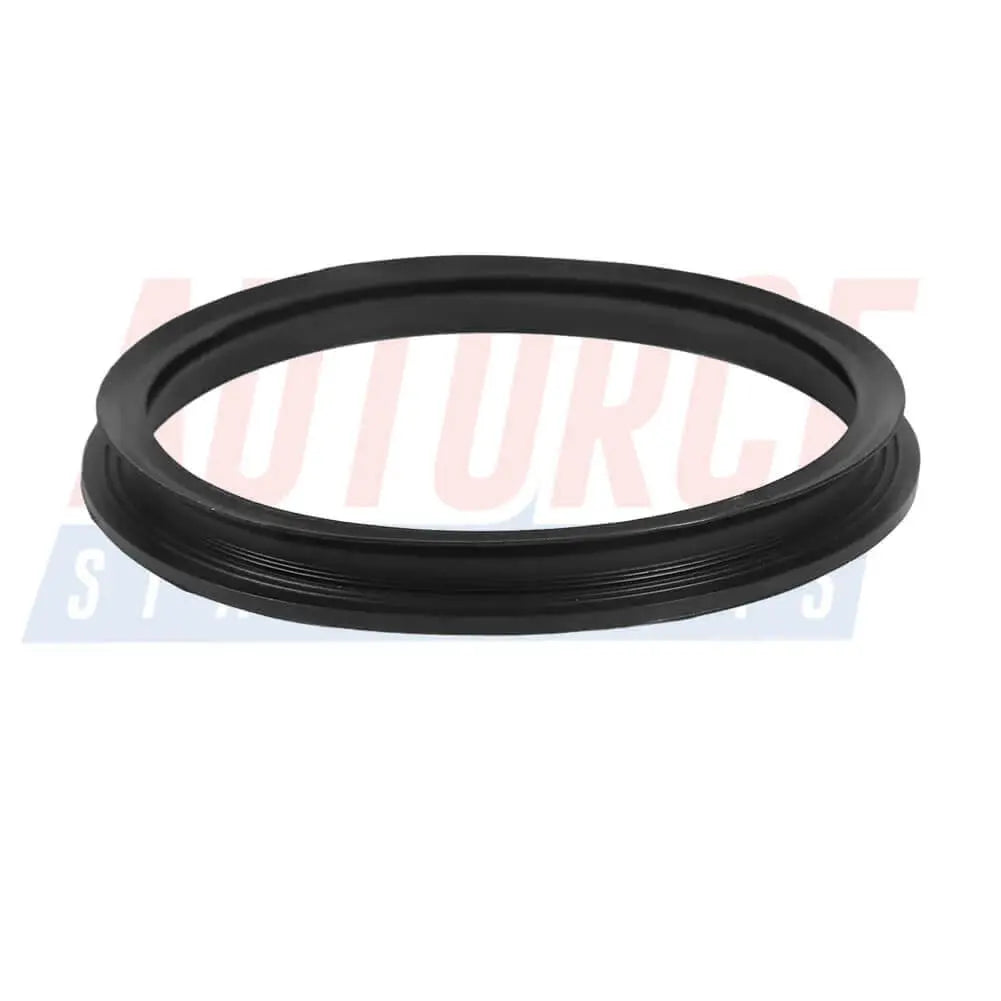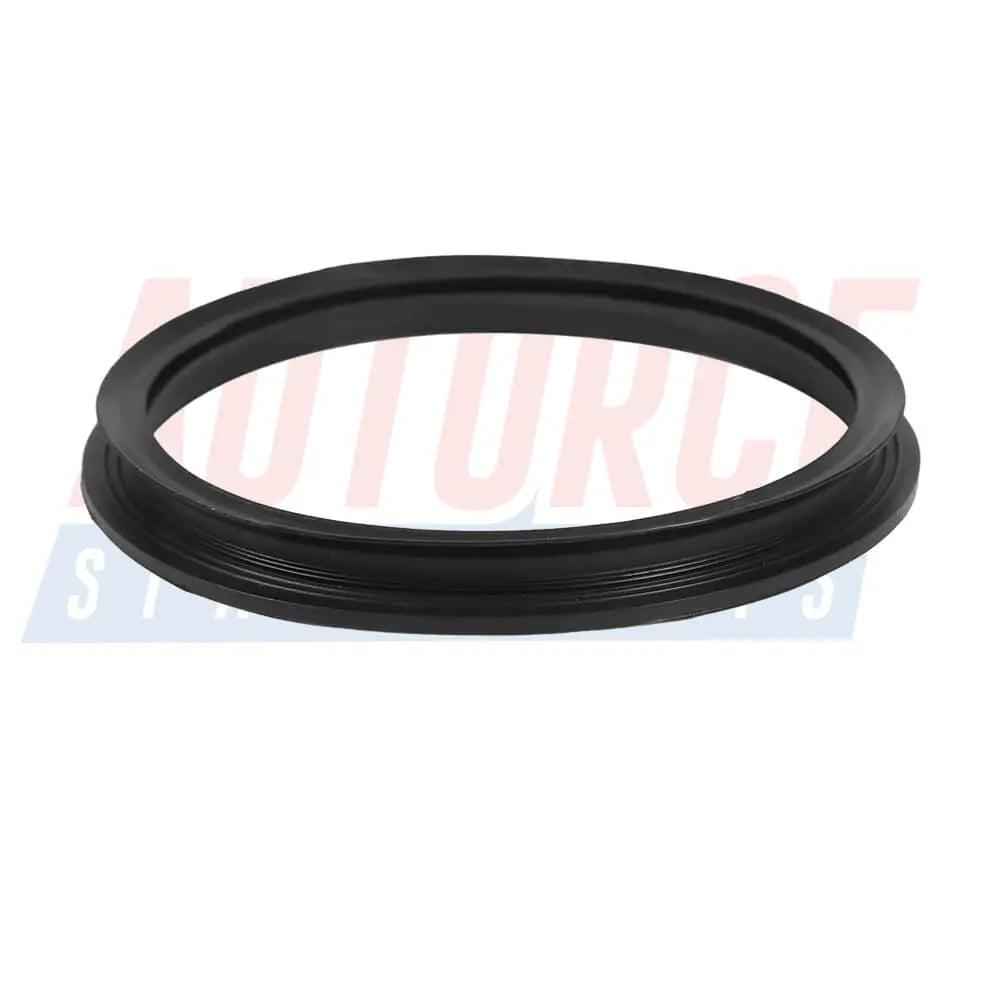Breather Hose, Fuel Tank
29 products
Showing 1 - 24 of 29 products
The Crucial Role of Breather Hoses in Modern Car Fuel Tanks
The evolution of automobile technology has brought about significant improvements in fuel efficiency, emissions control, and overall performance. Among the many intricate components that contribute to these advancements, the breather hose in the fuel tank system plays a pivotal role. Often overlooked, this small but essential component ensures proper functioning and safety of the vehicle's fuel system. In this article, we will explore the purpose, design, and significance of breather hoses in modern car fuel tanks.What is a Breather Hose?
A breather hose is a flexible tube that connects the fuel tank to the vehicle's evaporative emissions control system. Its primary purpose is to manage pressure fluctuations and provide a pathway for air to enter and exit the fuel tank during various driving conditions.The Role of Breather Hoses in the Fuel Tank
Ventilation and Pressure Regulation: As the vehicle operates, the fuel inside the tank heats up, leading to vaporization. In older vehicles without sophisticated emissions control systems, these vapors would escape into the atmosphere, contributing to air pollution. Breather hoses, however, are integrated into the evaporative emissions control system, capturing these vapors and redirecting them back to the engine for combustion. This process is crucial for reducing harmful emissions and ensuring compliance with environmental regulations.Preventing Vacuum and Over-Pressure: In addition to venting vapors, breather hoses prevent the formation of a vacuum inside the fuel tank, which could lead to fuel starvation when the engine consumes gasoline faster than it can be replaced. On the other hand, during rapid changes in ambient temperature, fuel vapor may expand and create excessive pressure inside the tank, potentially damaging it or causing fuel leakage. The breather hose helps regulate such pressure fluctuations, preventing potential hazards.
Safety and Performance: An obstructed or damaged breather hose can negatively impact the vehicle's performance. A clogged hose can cause issues like reduced fuel efficiency, engine misfires, and even trigger the check engine light. Regular maintenance and inspection of the breather hose are essential to ensure optimal vehicle performance and safety.
Design and Material
Breather hoses are typically constructed from durable materials like rubber or reinforced synthetic polymers. These materials offer flexibility and resistance to temperature variations, fuel exposure, and mechanical stress. The hose's design varies depending on the vehicle's make and model, as it needs to fit seamlessly into the fuel system and withstand the rigors of daily driving.Maintenance and Replacement
Like any automotive component, breather hoses require periodic maintenance. During routine service checks, mechanics inspect breather hoses for signs of wear, cracking, or clogging. Damaged hoses should be replaced promptly to prevent potential fuel system issues.In conclusion, breather hoses are vital components within modern car fuel tanks. Their role in regulating pressure, controlling emissions, and ensuring safe and efficient fuel operation cannot be understated. As automotive technology continues to advance, breather hoses will remain an essential part of the evolving fuel system, contributing to a greener and more sustainable driving experience. Regular maintenance and attention to these seemingly insignificant components can lead to improved fuel efficiency, reduced emissions, and enhanced overall performance of the vehicle.
Showing 1 - 24 of 29 products
Display
View


Fuel Tank Locking Seal O-Ring For Renault Captur Clio Espace Kangoo Modus Scenic Talisman Twingo Wind - 7701207449
In stock, 110 units
Sale price£7.90


Fuel Pump O-Ring Gasket Seal For Fiat 500 C 500 Brava Croma Doblo Ducato Marea Panda Punto Strada Multipla - 46523405, 46523406
In stock, 48 units
Sale price£7.90
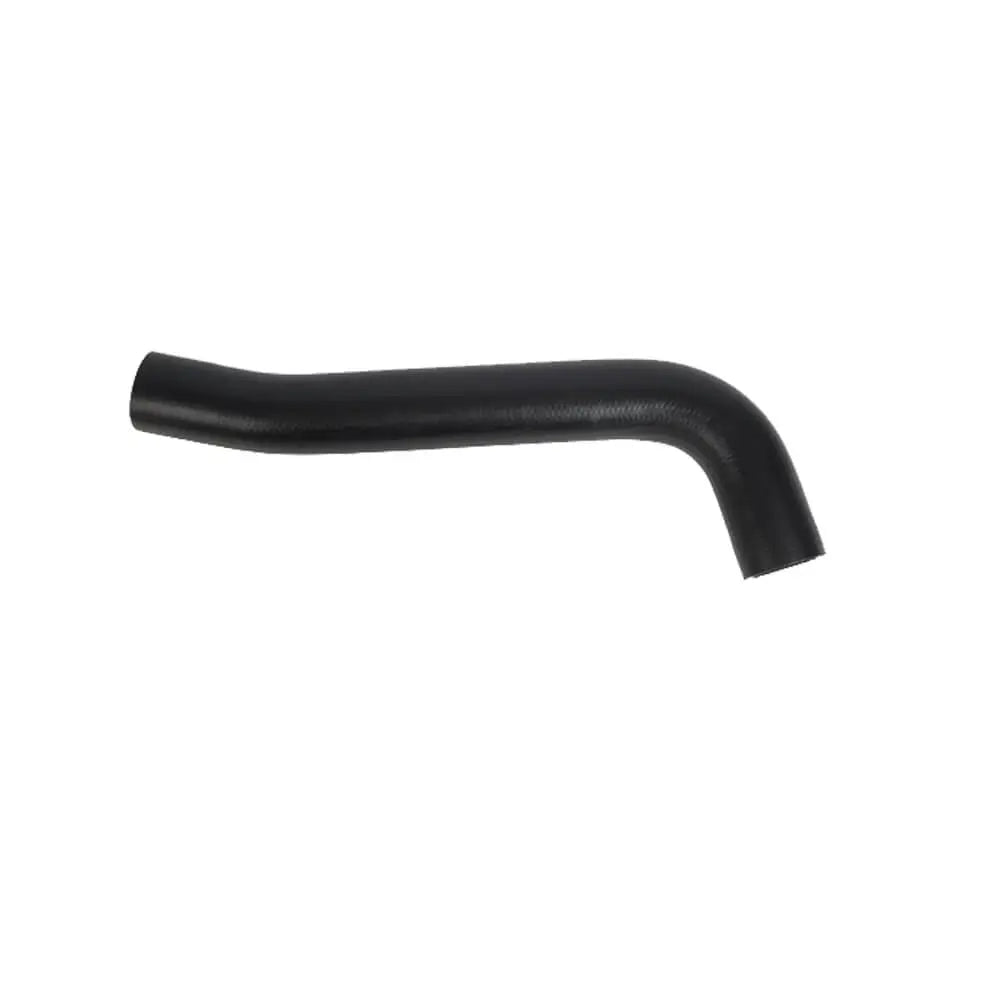

Fuel Tank Breather Hose Pipe For Vauxhall Corsa B Tigra I (1993 - 2000) GM 90467441, 806137
Only 9 units left
Sale price£14.90


Fuel Tank Gasket Seal For Vauxhall Corsa Corsavan Tigra Vectra (B) - 254286, GM90411085, 1254277
Only 5 units left
Sale price£9.99


Fuel Pump Gasket Seal For Opel Astra H Signum Vectra C Zafira Family Zafira B - 1254280, GM 24401341
In stock, 50 units
Sale price£7.45


Fuel Pump Gasket Seal For Vauxhall Astra MK5 For Saab 9-3 - 24401341
In stock, 50 units
Sale price£7.45


Fuel Tank Gasket Seal O-Ring For FIAT 500 Brava Bravo I Croma Doblo Grande Punto Marea Idea Multipla Panda Punto Evo - 46523406
In stock, 50 units
Sale price£7.99


Fuel Tank Gasket Seal O-Ring For Alfa Romeo 147 156 166 GT MITO (1997 - Onwards) 46523406, 60816343, 68101364AA
In stock, 50 units
Sale price£7.99


Fuel Tank Gasket Seal O-Ring For Abarth 500 For LANCIA Lybra Musa Thesis Ypsilon (1999- Onwards) 46523406, 60816343
In stock, 50 units
Sale price£7.99
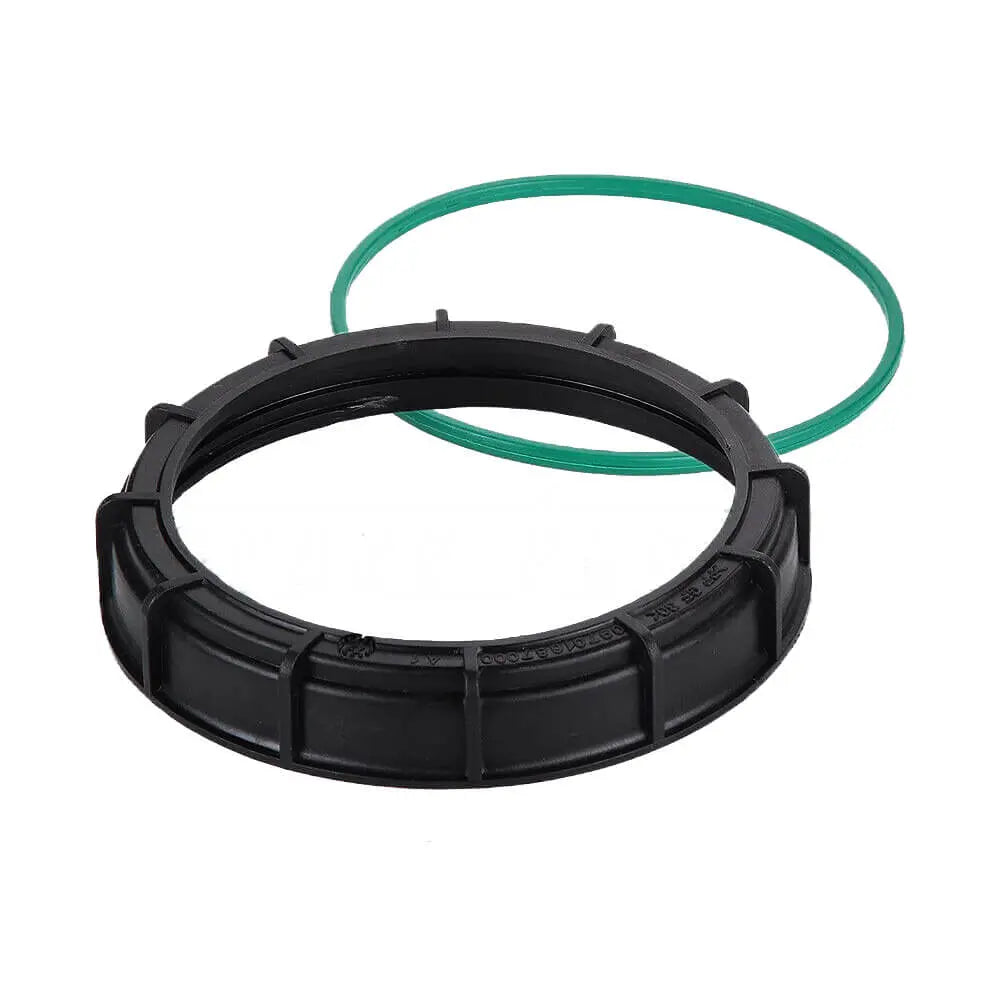
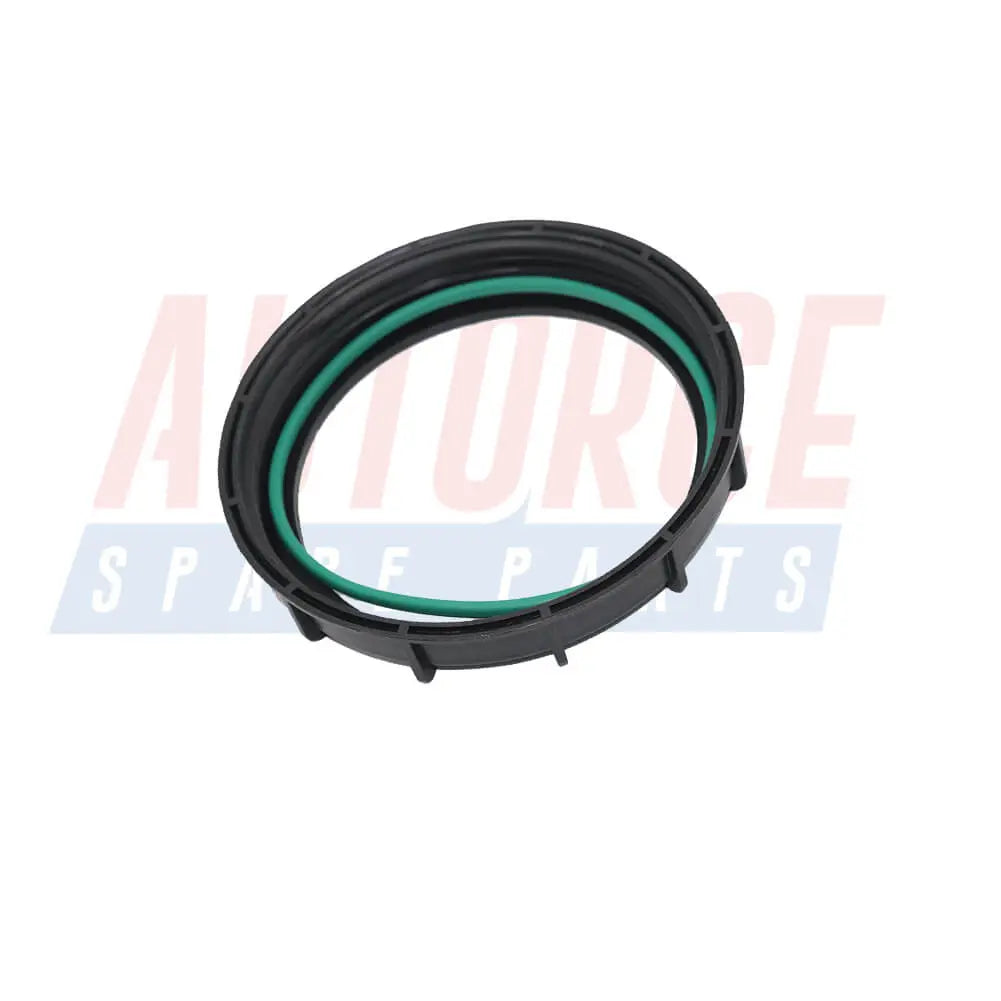
Fuel Tank Locking Seal O-Ring For Renault Laguna Master Megane - 7701209115, 7701207499
In stock, 111 units
Sale price£7.90

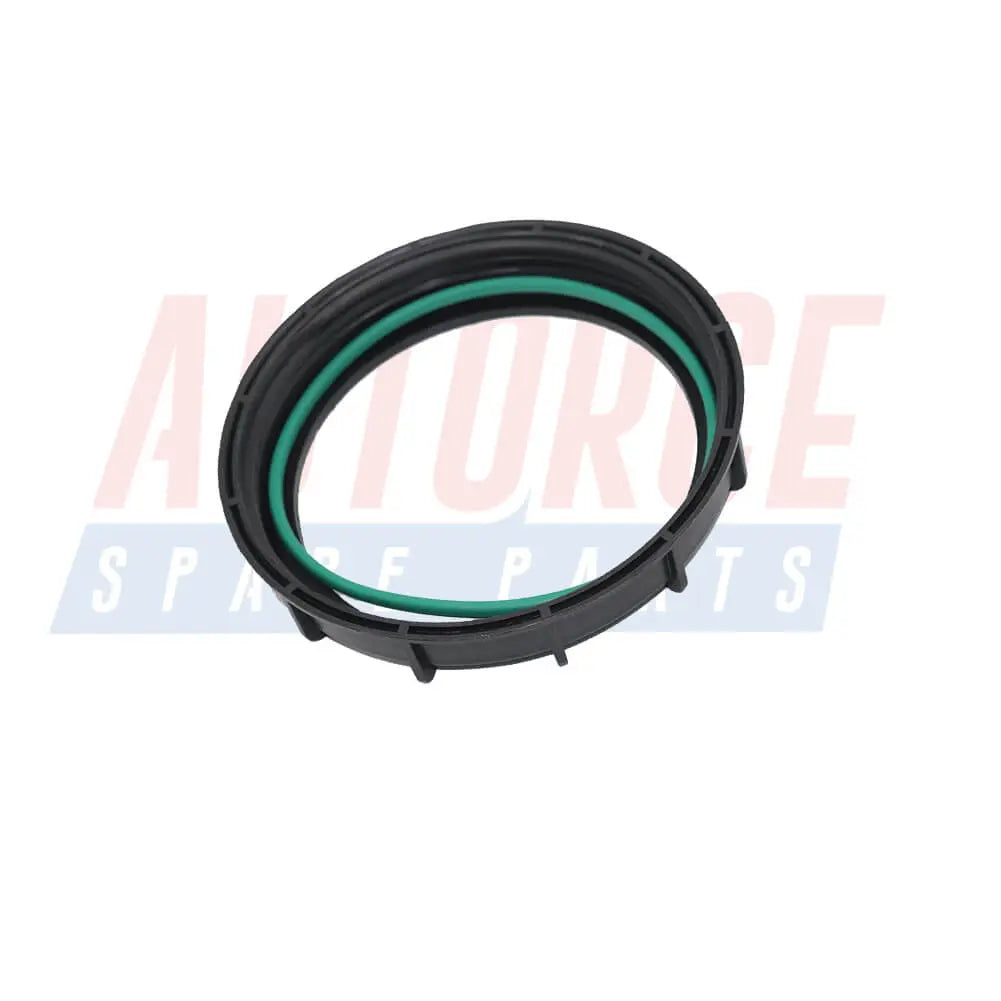
Fuel Tank Locking Seal O-Ring For Dacia Dokker Duster Lodgy Logan Sandero (2008 - Onwards) 7701206096, 7701207449
In stock, 111 units
Sale price£7.90


Fuel Tank Locking Seal O-Ring For Mercedes Citan (2012 - Onwards) 7701207449
In stock, 111 units
Sale price£7.90


Fuel Pump O-Ring Gasket Seal For Peugeot Boxer For Citroen Saxo Relay - 46523405, 46523406, 1531.38
In stock, 50 units
Sale price£7.90


Fuel Pump O-Ring Gasket Seal For Alfa Romeo 147 156 MiTo - 46523405, 46523406
In stock, 50 units
Sale price£7.90


Fuel Tank Sender Gasket For Citroen Jumper 2.2 BlueHDi 2.0 BlueHDi (2015 - Onwards) 1531.39, 46537483
In stock, 50 units
Sale price£9.90


Fuel Tank Sender Gasket For Alfa Romeo147 156 166 GT MITO (2008 - Onwards) 1531.39, 46537483, 60816450
In stock, 50 units
Sale price£9.99

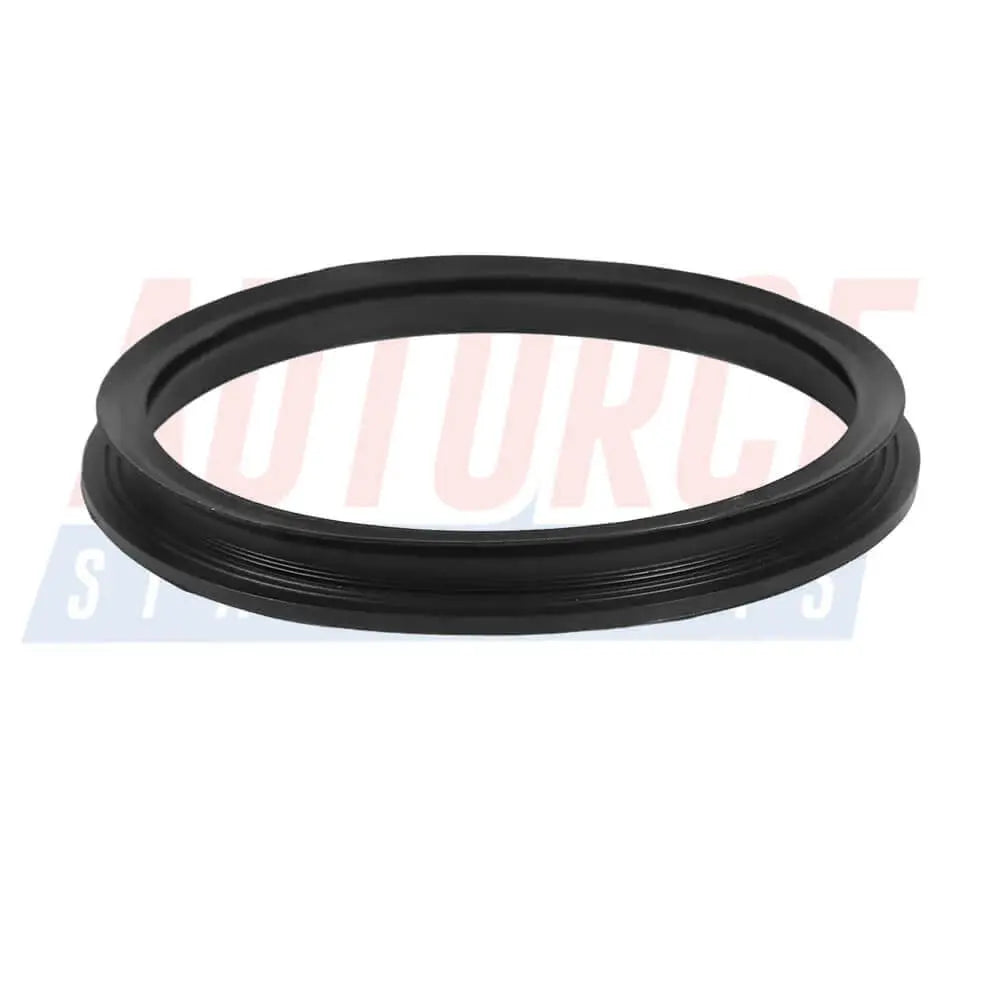
Fuel Tank Gasket Seal For VW Caddy Corrado Golf Lupo Passat Polo - 1J0919133A
In stock, 49 units
Sale price£9.90
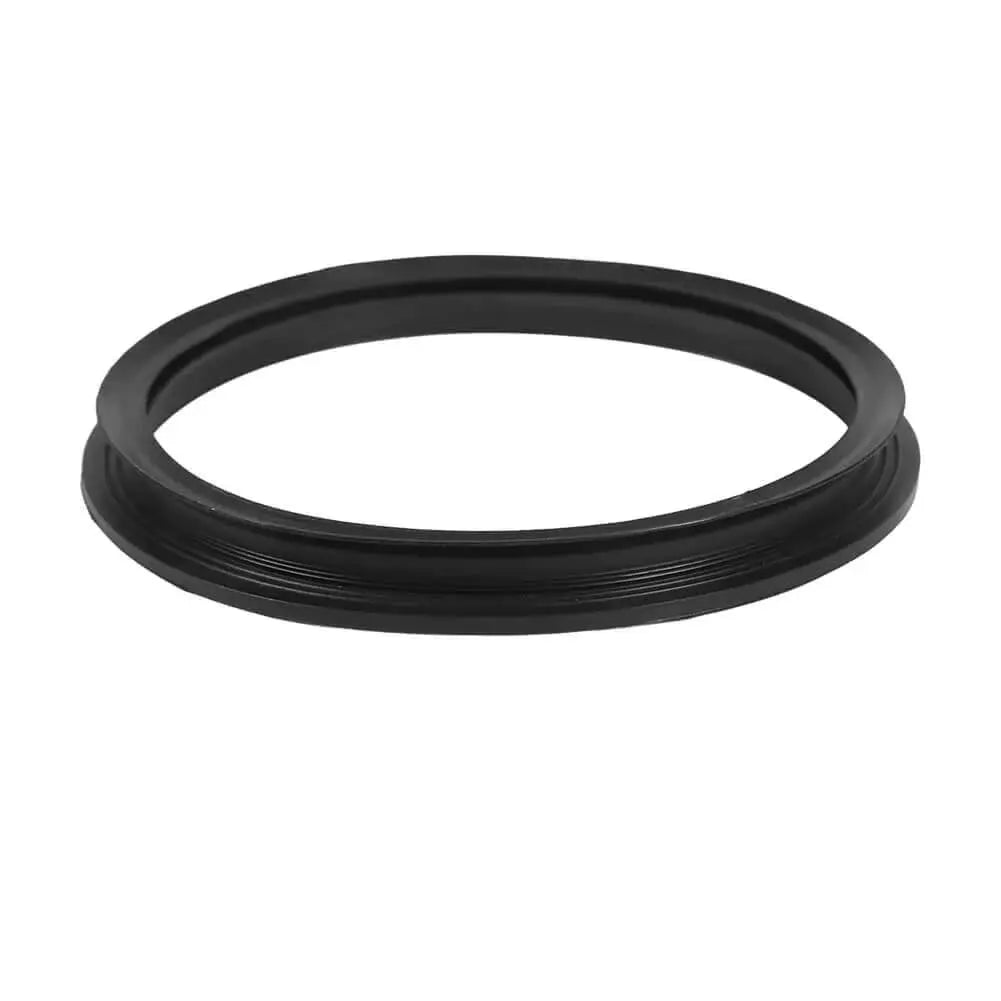
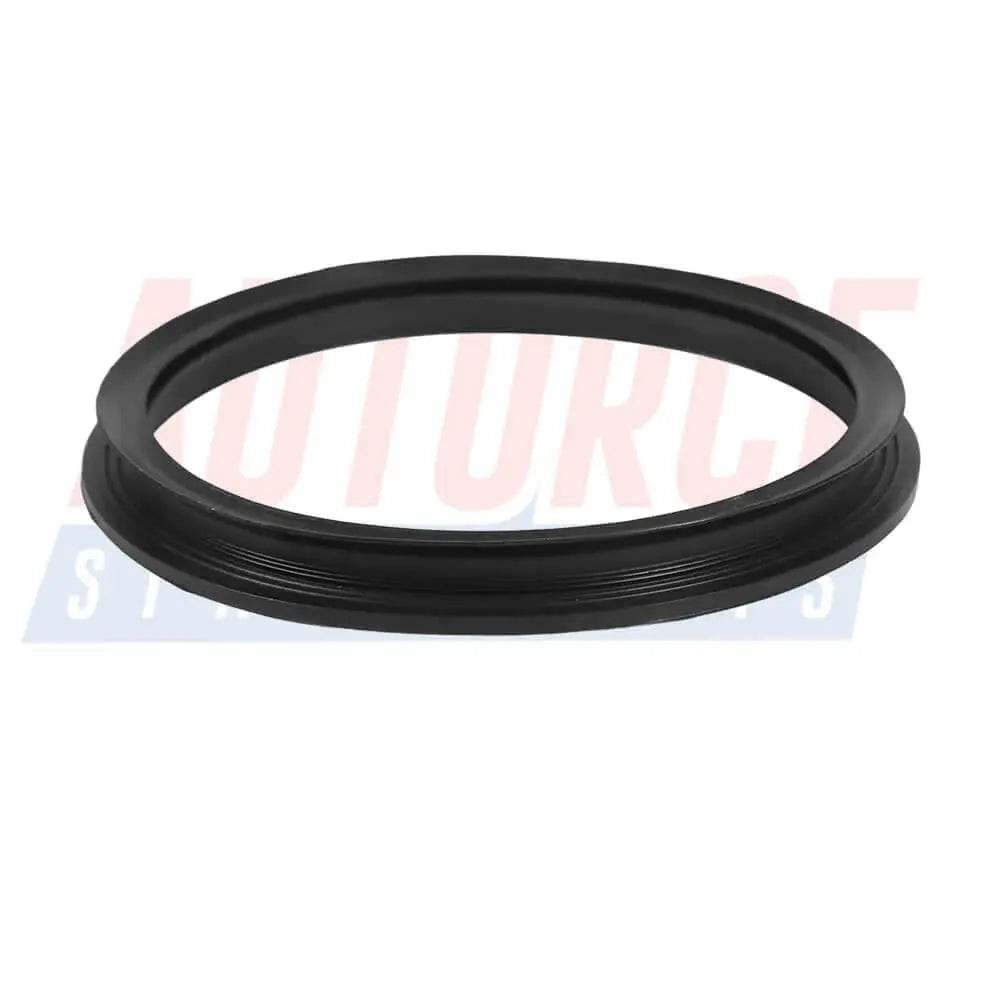
Fuel Tank Gasket Seal For Skoda Favorit Felicia Octavia Fabia Superb Roomster - 1J0919133A
In stock, 50 units
Sale price£9.90
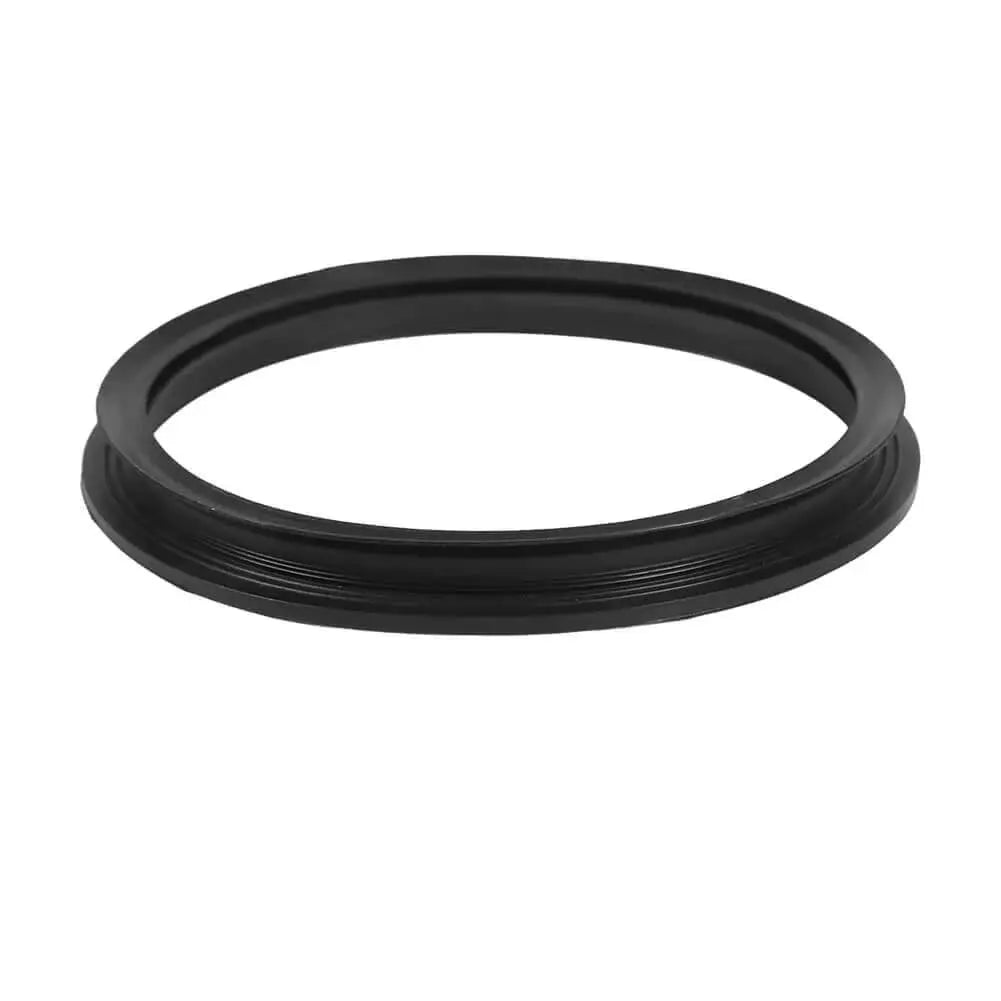
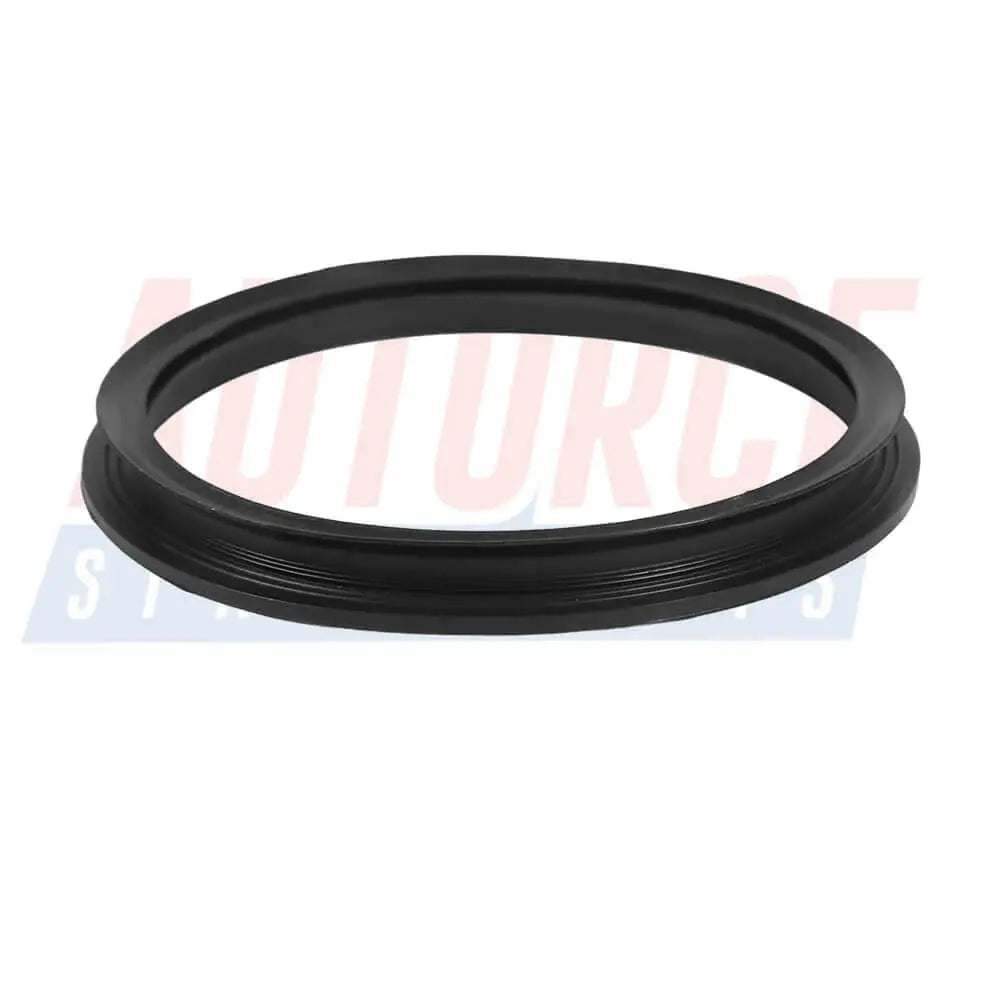
Fuel Tank Gasket Seal For Seat Cordoba Ibiza Alhambra Arosa Toledo Leon Exeo - 1J0919133A
In stock, 50 units
Sale price£9.90
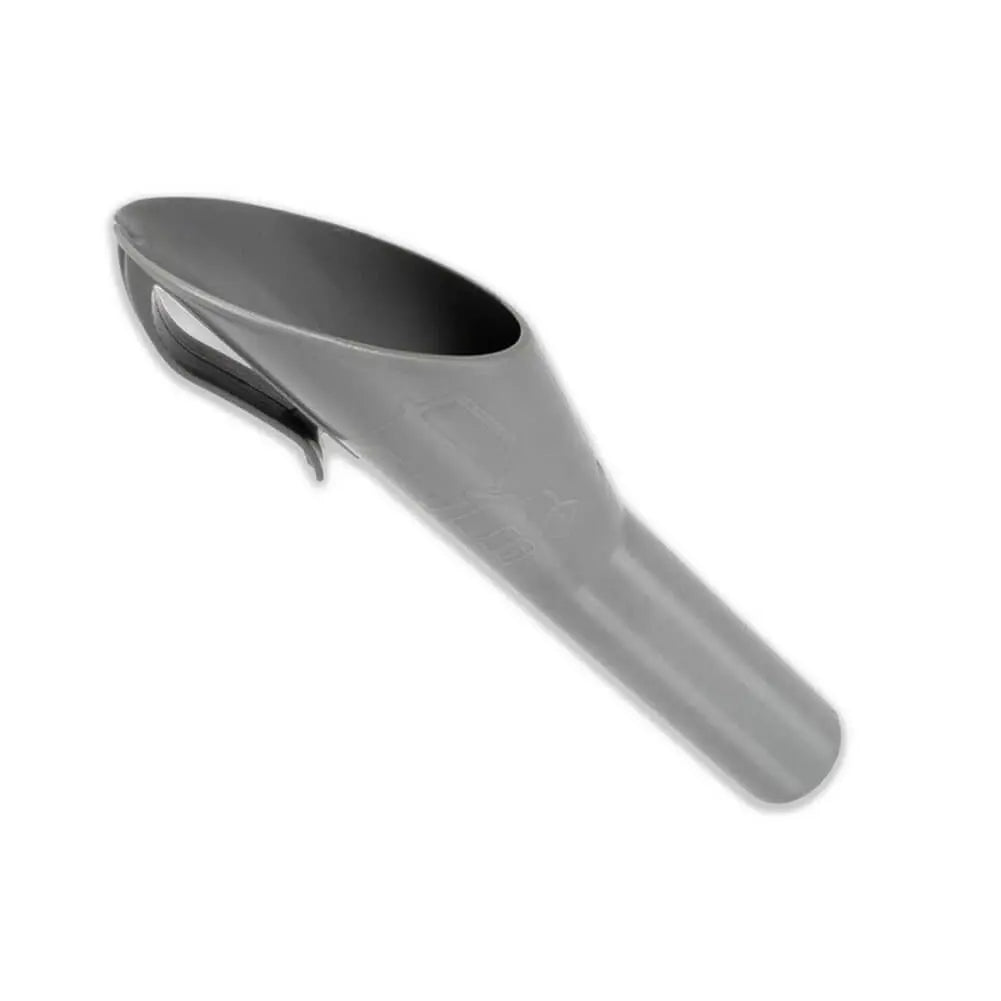

Diesel Fuel Filler Funnel For Ford Transit Tourneo Fiesta Focus Ecosport Kuga Mondeo Galaxy - 8U5A17B068BB
In stock, 48 units
Sale price£7.99

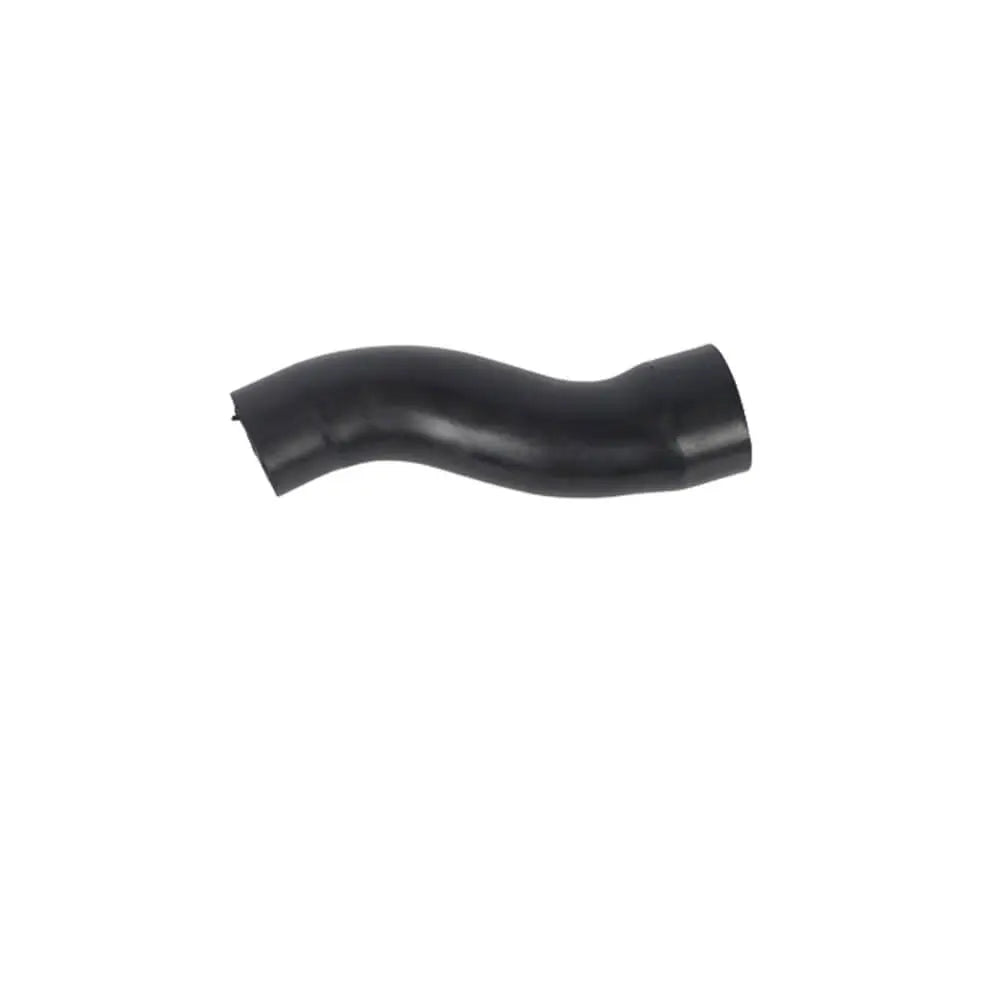
Fuel Tank Hose Pipe For Ford Tourneo Connect 1.8 TDCi (2002 - 2013) 7T169047BC, 5223243, 7T169047BB
Only 5 units left
Sale price£17.90
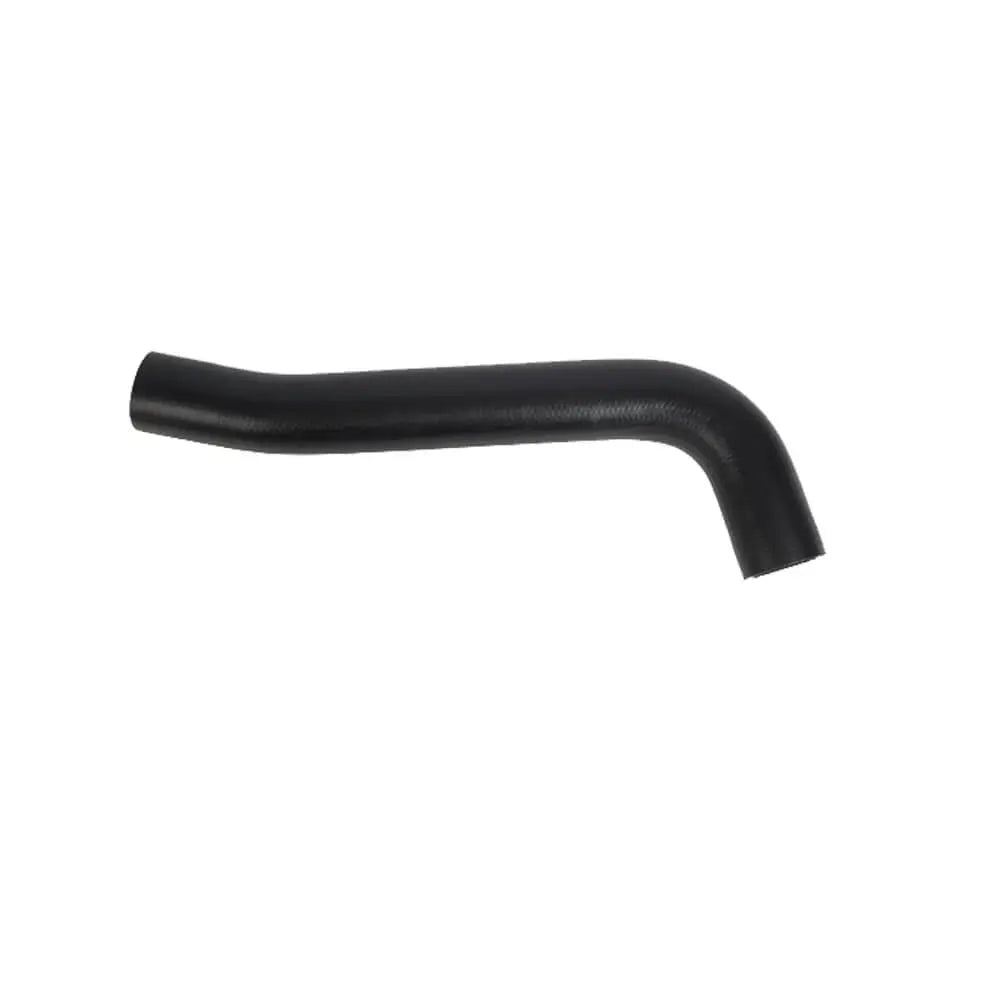

Fuel Tank Breather Hose Pipe For Opel Combo Corsa B Tigra (1994 - 2001) 806137, GM 90467441
Only 10 units left
Sale price£14.90
Filters (0)


